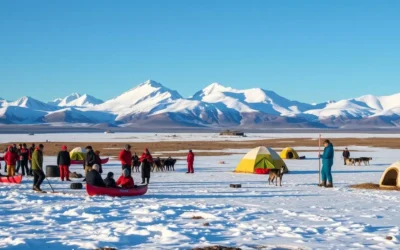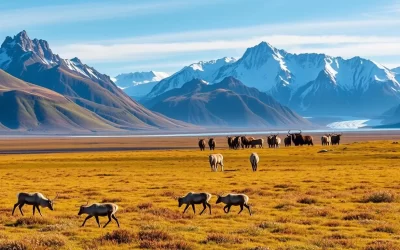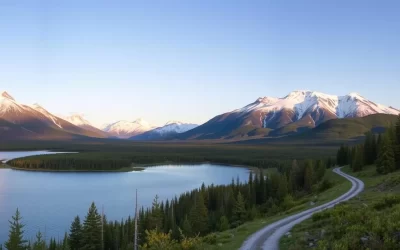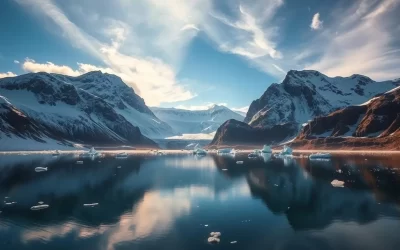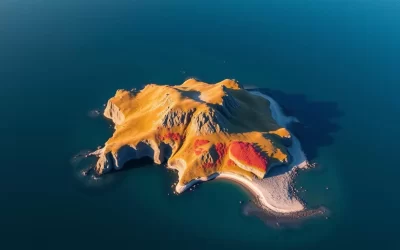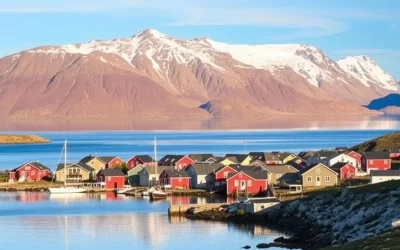✓ Accommodations ✓ Flights ✓ Rental Cars
Located on Ellesmere Island in Nunavut, Canada, Quttinirpaaq National Park is a true Arctic gem, representing one of the most remote and pristine wilderness areas in North America.
This national park is a destination like no other, offering adventurous travelers a chance to experience the true High Arctic. The park’s name, meaning “the top of the world” in Inuktitut, perfectly describes its northerly location and the feeling visitors get when exploring this remarkable place.
With its diverse range of landscapes, including ice caps, glaciers, rugged mountains, and Arctic tundra, Quttinirpaaq National Park provides a unique opportunity to explore and experience the wilderness of the High Arctic.
Discovering Canada’s Northernmost Wilderness
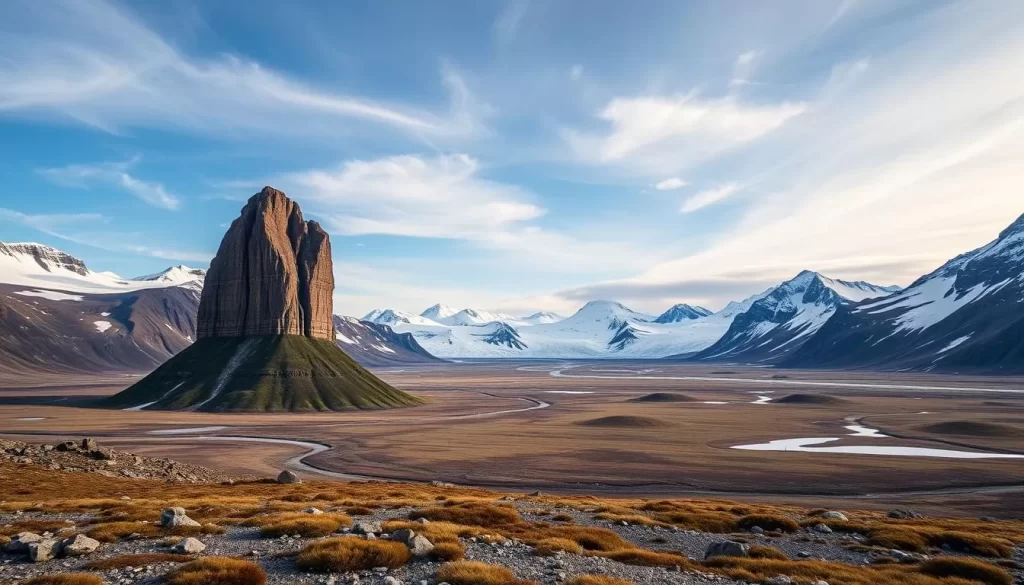
Quttinirpaaq National Park, situated on Ellesmere Island in Nunavut, represents one of Canada’s most untouched and pristine environments. This vast wilderness area is a true marvel, offering visitors a chance to experience the raw beauty of the Arctic.
Location and Geography of Quttinirpaaq National Park
The park is located on Ellesmere Island, which is part of the Qikiqtaaluk Region in Nunavut, Canada. It covers an area of approximately 37,775 square kilometers, making it one of the larger national parks in Canada. The geography is diverse, featuring mountains, glaciers, and fjords, creating a dramatic and varied landscape.
The Meaning Behind the Name
The name “Quttinirpaaq” is derived from the Inuktitut language, meaning “the top of the world.” This name reflects the park’s extreme northern location and its cultural significance to the traditional Inuit people. The park was officially established in 2001, but it was previously known as Ellesmere Island National Park Reserve since 1988. Understanding the meaning behind the name helps visitors appreciate the cultural context of this extraordinary place in the world.
- The name “Quttinirpaaq” comes from the Inuktitut language and translates to “the top of the world,” perfectly capturing the park’s extreme northern location.
- This traditional Inuit name reflects the cultural significance of the region to Indigenous peoples who have traversed these lands for thousands of years.
- The park was officially established in 2001, but before receiving its current name, it was known as Ellesmere Island National Park Reserve since 1988.
- The naming of the park honors the traditional Inuit knowledge of the land and recognizes their historical connection to this remote place.
- Understanding the meaning behind the name helps visitors appreciate the cultural context of this extraordinary world heritage site.
How to Reach Quttinirpaaq National Park
Traveling to Quttinirpaaq National Park is a significant part of the adventure, with air travel being the primary mode of access.
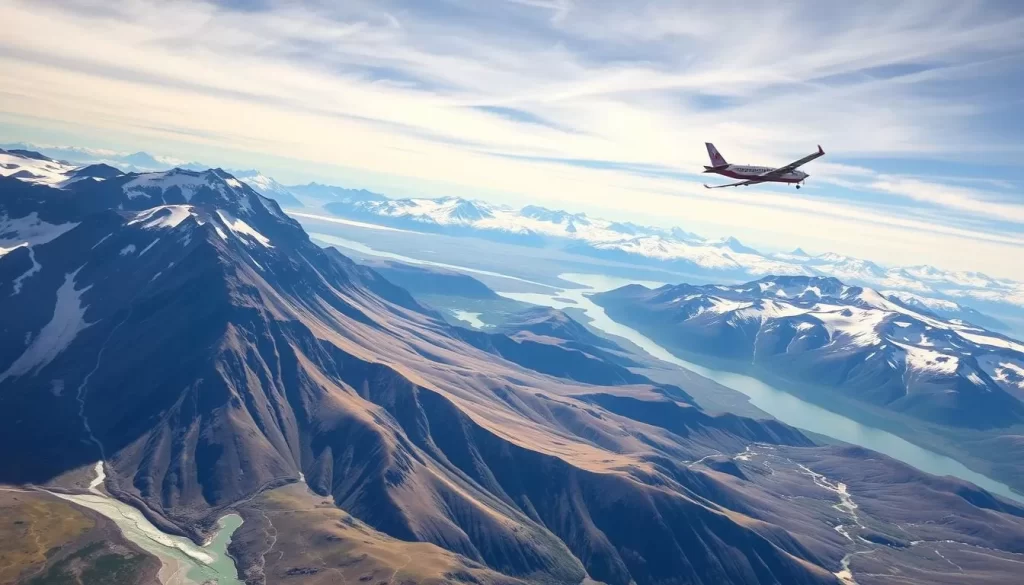
Air Travel Options
Visitors typically reach Quttinirpaaq National Park by chartered flights, which operate from Resolute Bay, Nunavut. These flights are usually available during the summer months when the weather is relatively mild.
Best Time to Visit
The best time to visit Quttinirpaaq National Park is during the summer, from June to August, when temperatures range from -5°C to 10°C, making it ideal for outdoor activities. The weather conditions during this period facilitate hiking, wildlife observation, and photography. Most visitors plan their trips during July when chartered flights are most likely to operate without weather-related cancellations.
Trekking Through Arctic Landscapes
Quttinirpaaq National Park offers some of the most spectacular and challenging trekking routes in the Arctic. As you explore this vast wilderness, you’ll be immersed in breathtaking landscapes shaped by the harsh, Arctic weather conditions.
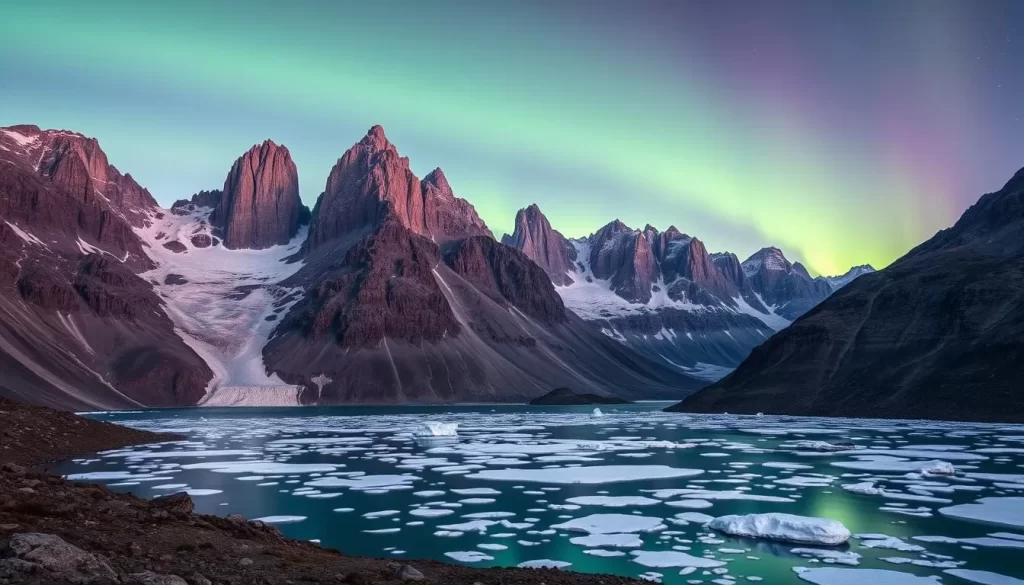
Popular Hiking Routes
The park features several hiking trails that cater to different skill levels, ranging from relatively easy day hikes to more challenging multi-day treks. Visitors can explore the scenic routes around Tanquary Fiord and Lake Hazen, experiencing the unique Arctic wilderness.
Essential Gear for Arctic Hiking
Due to the harsh conditions, proper gear and thorough weather preparation are essential. Visitors must carry all necessary supplies, including a GPS device, a first-aid kit, and adequate supplies for emergencies.
- Specialized gear designed to withstand extreme weather conditions and the unique challenges of High Arctic wilderness.
- A four-season tent, a sleeping bag rated for at least -10°C (14°F), and a reliable camping stove.
- Navigation tools like a topographic map, compass, and GPS device with extra batteries.
- A clothing system following the layering principle, with moisture-wicking base layers, insulating mid-layers, and windproof/waterproof outer shells.
- Bear deterrents, satellite communication devices, a comprehensive first aid kit, and enough food for your planned trip plus several extra days.
Exploring Tanquary Fiord
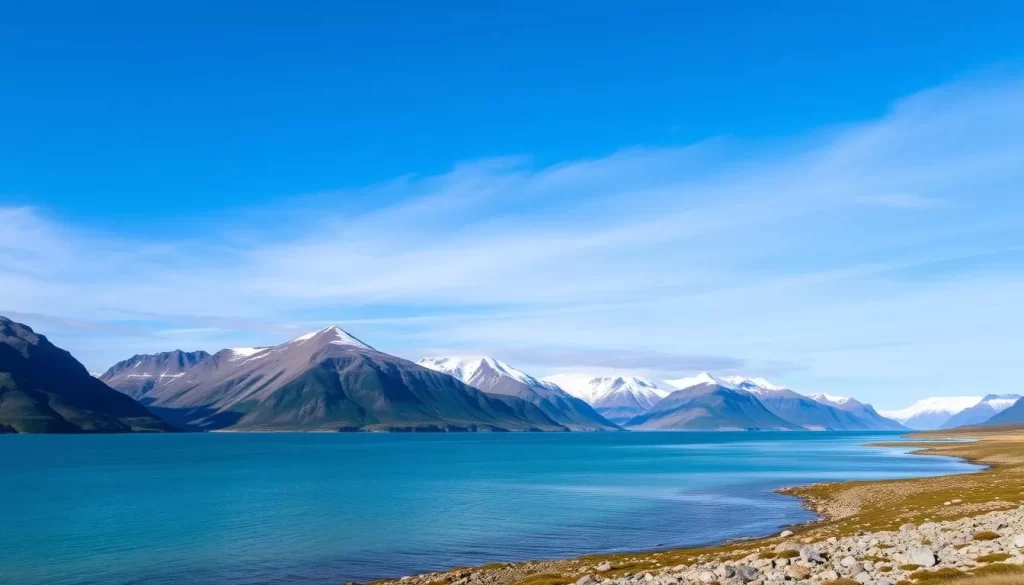
The pristine beauty of Tanquary Fiord beckons visitors to explore one of Canada’s most remote and spectacular destinations. As you venture into this Arctic haven, you’ll be surrounded by breathtaking landscapes that offer a unique blend of natural beauty and adventure.
Scenic Views and Photography Opportunities
Tanquary Fiord is renowned for its stunning vistas, making it a photographer’s paradise. The fiord’s scenic views provide endless opportunities to capture the majesty of the Arctic landscape, from towering mountains to serene waters.
Camping at Tanquary Fiord Base Camp
The Tanquary Fiord Base Camp serves as a crucial operational hub for both park staff and visitors. It features a small ranger station and designated camping areas, offering basic emergency facilities and occasional contact with park wardens. This base camp is designed to accommodate a limited number of visitors, ensuring a wilderness experience while providing a safe starting point for further explorations into the park.
Wildlife Viewing in Quttinirpaaq National Park
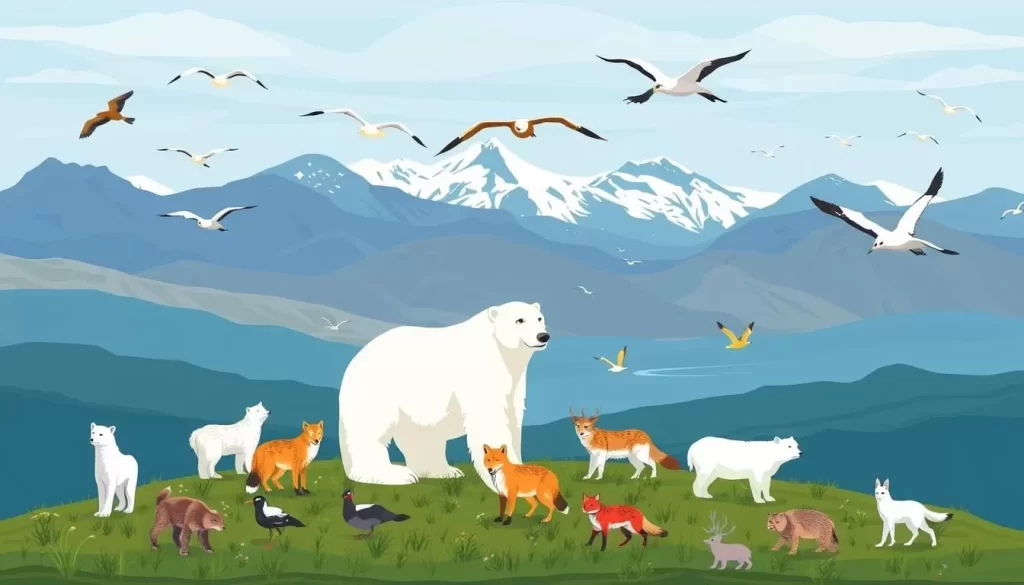
Wildlife viewing in Quttinirpaaq National Park is a thrilling experience, with various species calling this Arctic region home. The park’s diverse landscapes support a wide range of wildlife.
Arctic Animals to Spot
The park is home to iconic Arctic animals such as polar bears, muskoxen, and Arctic wolves. Visitors may also spot seals and other marine mammals along the coastlines.
Best Locations for Wildlife Observation
Some of the best places to observe wildlife include:
- Lake Hazen and its surrounding valleys, which form an Arctic oasis attracting various species due to its relatively warmer microclimate.
- River valleys throughout the park, serving as natural wildlife corridors.
- Coastal areas along the fiords, where marine mammals like seals and polar bears can be spotted.
- The open tundra areas, offering unobstructed views of muskoxen and other wildlife.
When observing wildlife, it’s crucial to maintain appropriate distances and use binoculars or telephoto lenses to avoid disturbing these animals in their harsh Arctic environment.
Discovering Lake Hazen
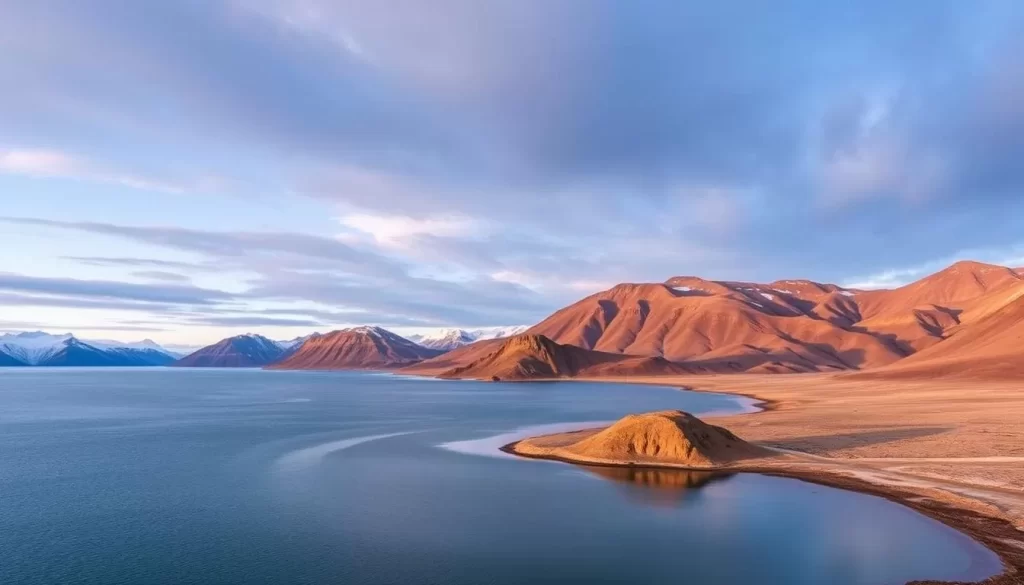
In the heart of Quttinirpaaq National Park, Lake Hazen beckons with its pristine waters and breathtaking landscapes. As the largest lake in the High Arctic, it offers a unique blend of adventure and tranquility.
The Largest High Arctic Lake
Lake Hazen is renowned for its exceptional beauty and unique ecosystem. As the largest lake north of the Arctic Circle, it provides a habitat for a variety of Arctic wildlife. The lake’s relatively mild microclimate compared to the surrounding areas makes it an attractive spot for both animals and visitors.
Activities Around Lake Hazen
Visitors to Lake Hazen can engage in a variety of activities, making it a versatile destination within Quttinirpaaq National Park. Some of the experiences include:
- For adventurous visitors, Lake Hazen offers unique kayaking opportunities in one of the world’s most remote freshwater environments, though you’ll need to arrange for your kayak to be transported by charter flight.
- Fishing in Lake Hazen can be rewarding, with Arctic char being the primary catch, but requires proper permits from Parks Canada and adherence to strict catch-and-release practices to preserve the delicate ecosystem.
- Hiking around the lake’s perimeter provides access to diverse micro-environments, from glacial moraines to surprisingly lush valleys that support more vegetation than most areas of the park.
- Wildlife observation is particularly productive around Lake Hazen, as the relatively milder microclimate attracts a concentration of animals seeking food and shelter.
- Scientific research activities have been conducted at Lake Hazen for decades, and visitors might encounter research stations where scientists study everything from glaciology to climate change impacts on Arctic ecosystems.
Experiencing the Midnight Sun
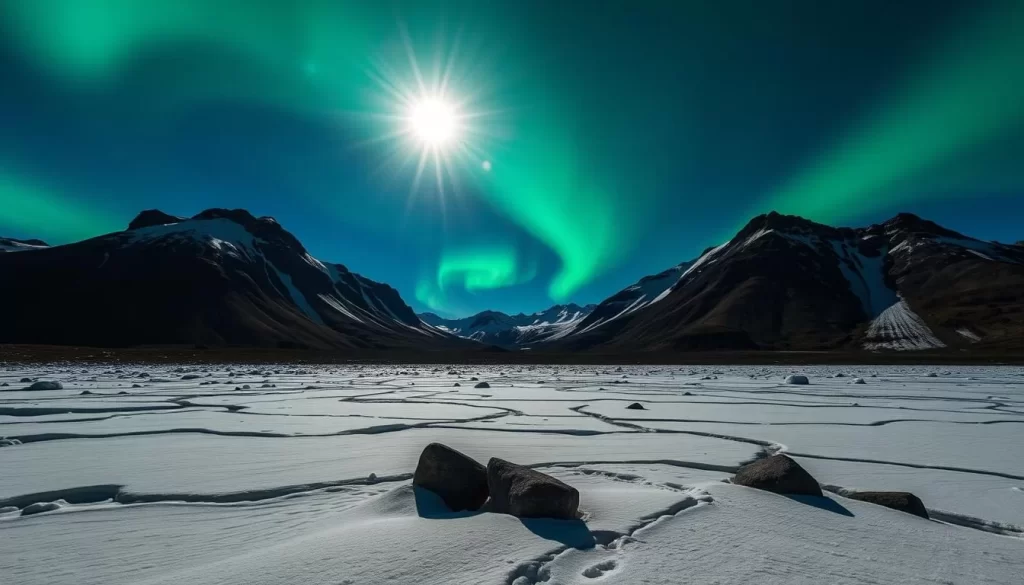
In Quttinirpaaq National Park, the midnight sun phenomenon during the summer months offers endless opportunities for exploration and photography. The unique lighting conditions create a surreal landscape, perfect for capturing the beauty of ice and glaciers.
24-Hour Daylight Phenomenon
The midnight sun provides 24-hour daylight, allowing you to explore the Arctic landscape at any time. This constant daylight transforms the park into a vibrant, alive environment.
Photography Tips for the Midnight Sun
When photographing under the midnight sun, you’ll experience extended “golden hours.” Here are some tips:
- Use a circular polarizing filter to manage glare from ice and water surfaces.
- Bracket your exposures to capture detail in both highlights and shadows, especially when photographing glaciers alongside darker rock formations.
- Protect your camera equipment from the cold, as battery life diminishes quickly in Arctic conditions.
Visiting Archaeological Sites
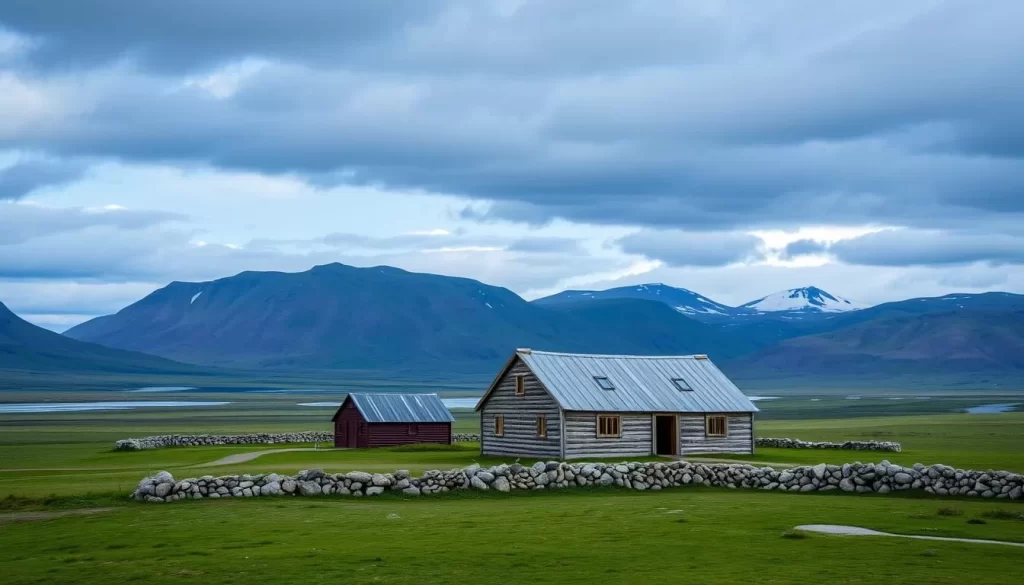
The archaeological sites within Quttinirpaaq National Park provide a unique window into the lives of the people who once inhabited this harsh yet beautiful landscape. As visitors, you have the opportunity to explore these significant historic locations.
Ancient Inuit History
The park is home to numerous archaeological sites that tell the story of the Inuit people and their adaptations to the Arctic environment. These sites contain remnants of ancient dwellings and artifacts that offer insights into the daily lives and traditions of the Inuit.
Fort Conger Historic Site
Fort Conger, located on the northern reaches of Ellesmere Island, is a significant site that served as a base for Arctic explorers like Adolphus Greely. The preserved structures and artifacts here provide a glimpse into 19th-century Arctic exploration. Guided tours offer valuable insights into the challenges faced by early explorers.
Glacier Exploration
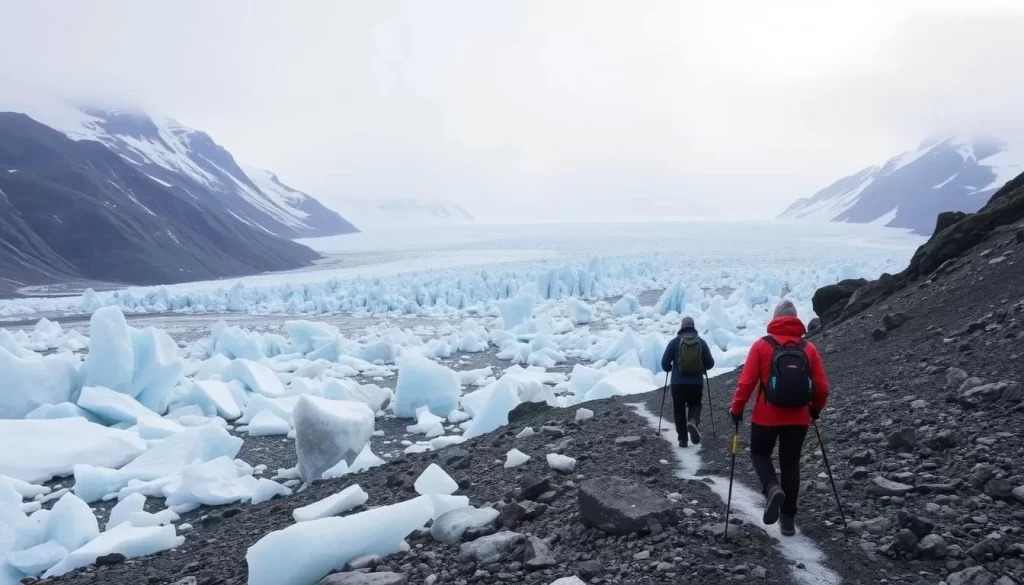
Exploring the glaciers of Quttinirpaaq National Park is an adventure like no other, with vast icy expanses waiting to be discovered. As you venture into this Arctic wilderness, you’re surrounded by the stark beauty of nature, with glaciers that have been shaped over centuries.
Notable Glaciers to Visit
The park is home to several notable glaciers, each offering a unique experience. The ice caps and valley glaciers are not only visually stunning but also provide a glimpse into the geological history of the region. Visitors can witness the dynamic nature of these glaciers, which are constantly changing due to environmental factors.
Safety Tips for Glacier Trekking
Safety is paramount when exploring glaciers. Visitors should be aware of crevasses, unstable ice, and the need for proper equipment. When glacier trekking in Quttinirpaaq, your safety depends on proper preparation, including specialized gear like crampons, ice axes, and helmets. Never venture onto glacial ice without experience or proper training, as hidden crevasses pose extreme dangers.
- Travel in groups and use rope systems when crossing glaciers.
- Be aware of the risks posed by climate change, such as unstable terminal zones.
- Maintain bear safety protocols, as polar bears occasionally travel across glaciers.
Photography Opportunities in the High Arctic
Capturing the essence of the High Arctic is a photographer’s dream, and Quttinirpaaq National Park is the perfect destination. The park’s vast, untouched landscapes and diverse wildlife offer endless opportunities for photographers.
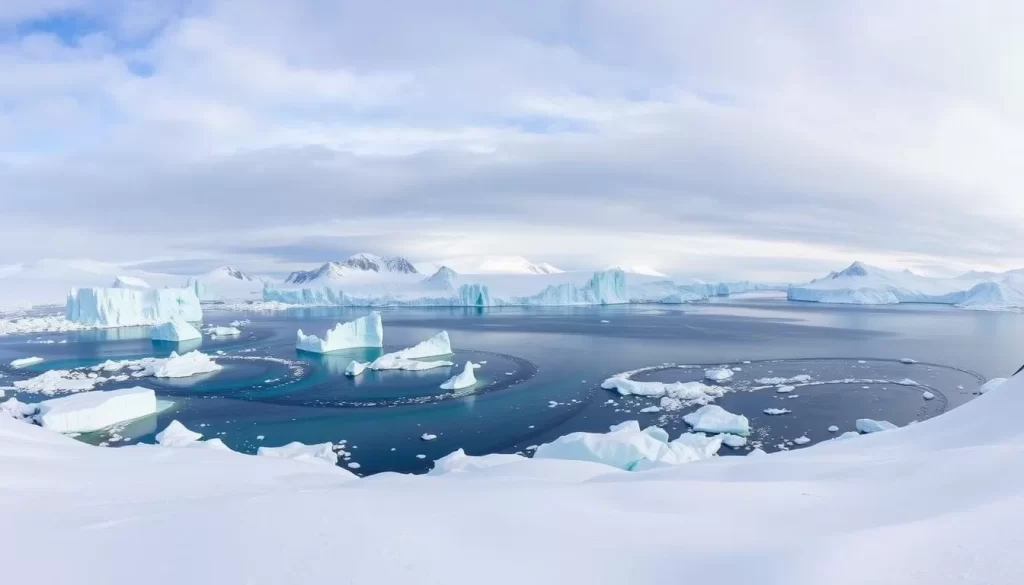
Landscape Photography Highlights
The park’s dramatic landscapes, including glaciers, fjords, and mountains, provide a unique backdrop for landscape photography. The ever-changing weather conditions create dynamic lighting, adding depth to your photographs.
Camera Equipment for Arctic Conditions
Photographing in Quttinirpaaq’s Arctic environment requires specialized camera equipment. To capture the best images, you’ll need to prepare your gear for extreme cold and variable conditions. Bring multiple camera batteries and keep them warm to prevent rapid drainage. Consider using manual focus and a sturdy tripod for stable photography in windy conditions.
Planning Your Arctic Adventure: Essential Tips
Embarking on a journey to Quttinirpaaq National Park requires meticulous planning, given its secluded location and the harsh Arctic environment. To ensure a successful trip, plan ahead and budget realistically, as costs can range from $10,000 to $20,000 per person.
It’s crucial to contact Parks Canada early to secure necessary permits and attend mandatory orientation sessions. Consider alternative destinations like Auyuittuq National Park on Baffin Island if Quttinirpaaq seems too challenging. Comprehensive travel insurance that covers remote Arctic travel and potential evacuations is also vital.
Pack strategically with layered clothing and specialized gear, and familiarize yourself with wildlife safety protocols for polar bears and caribou. Plan your return travel with flexibility, as weather conditions can cause delays. With careful planning, you can have a safe and enjoyable adventure in Quttinirpaaq National Park.
The above is subject to change.
Check back often to TRAVEL.COM for the latest travel tips and deals.

